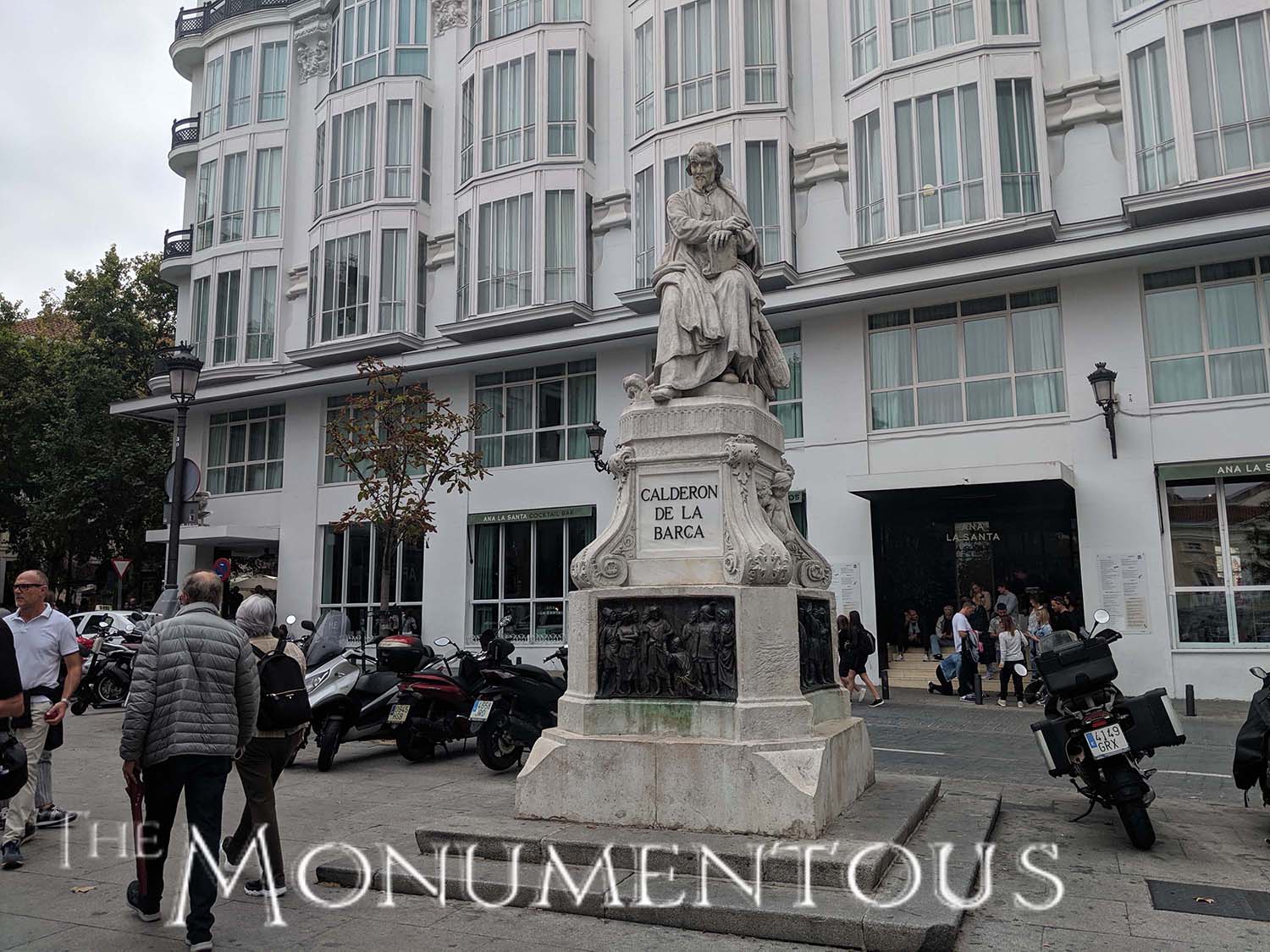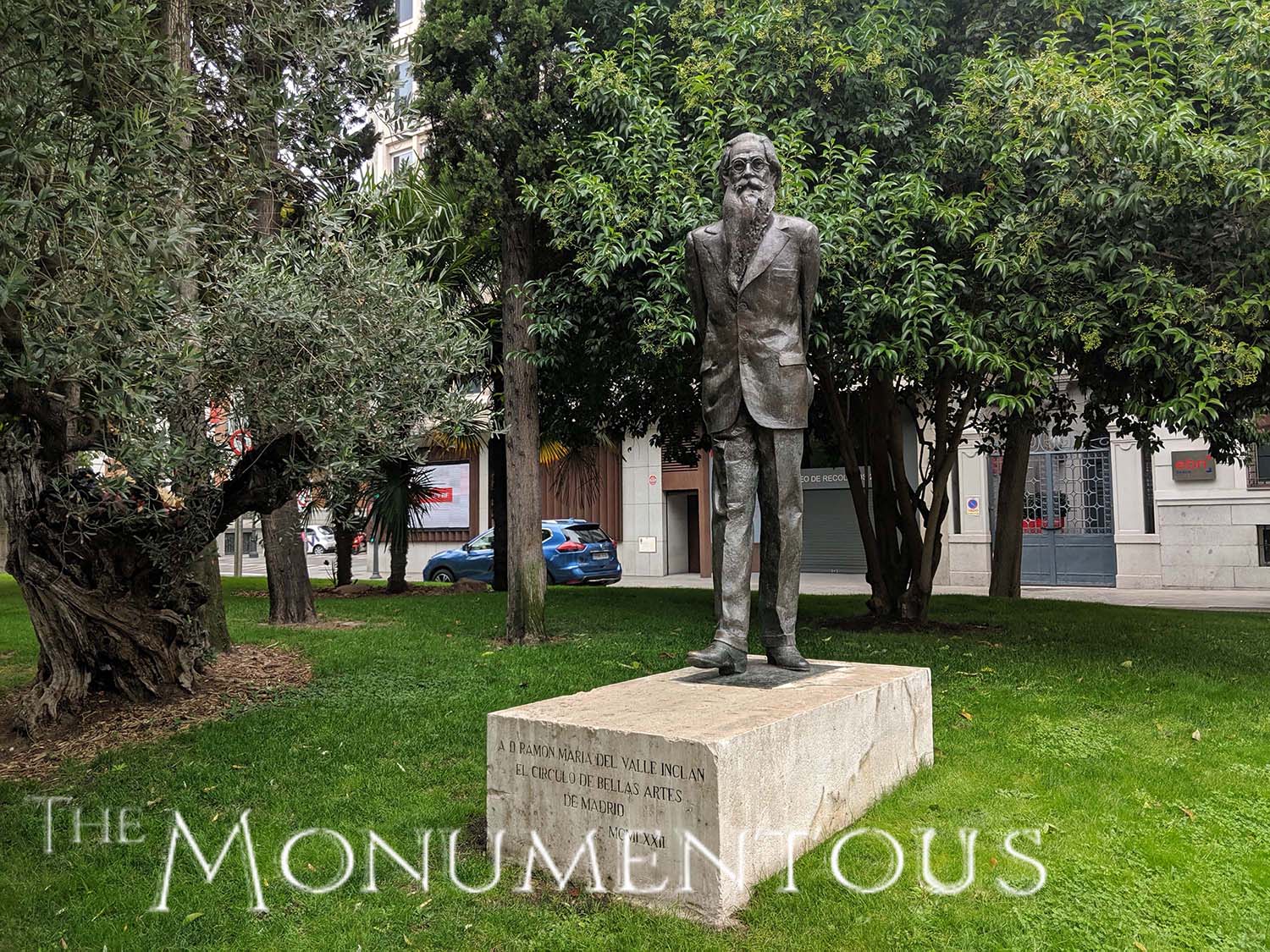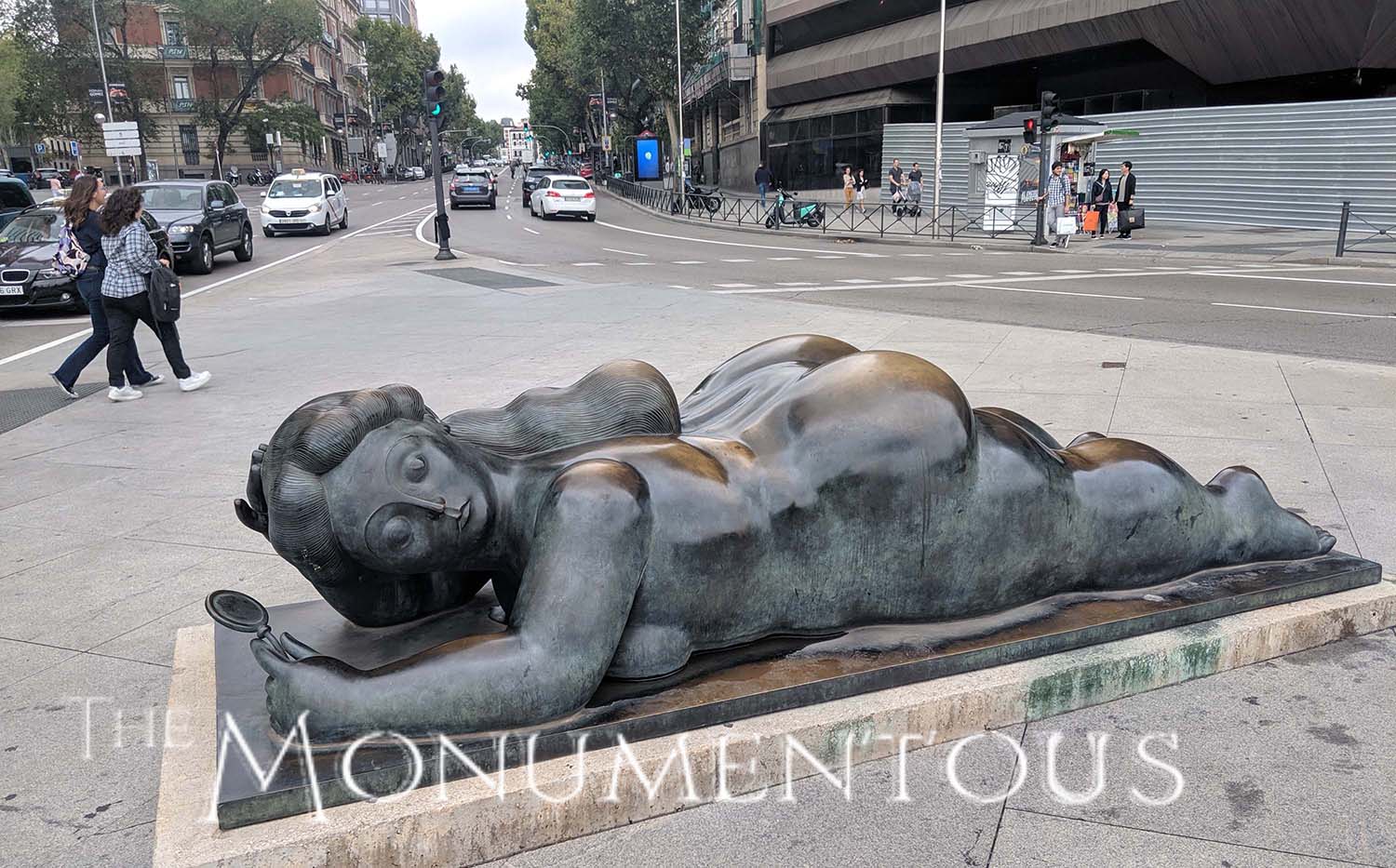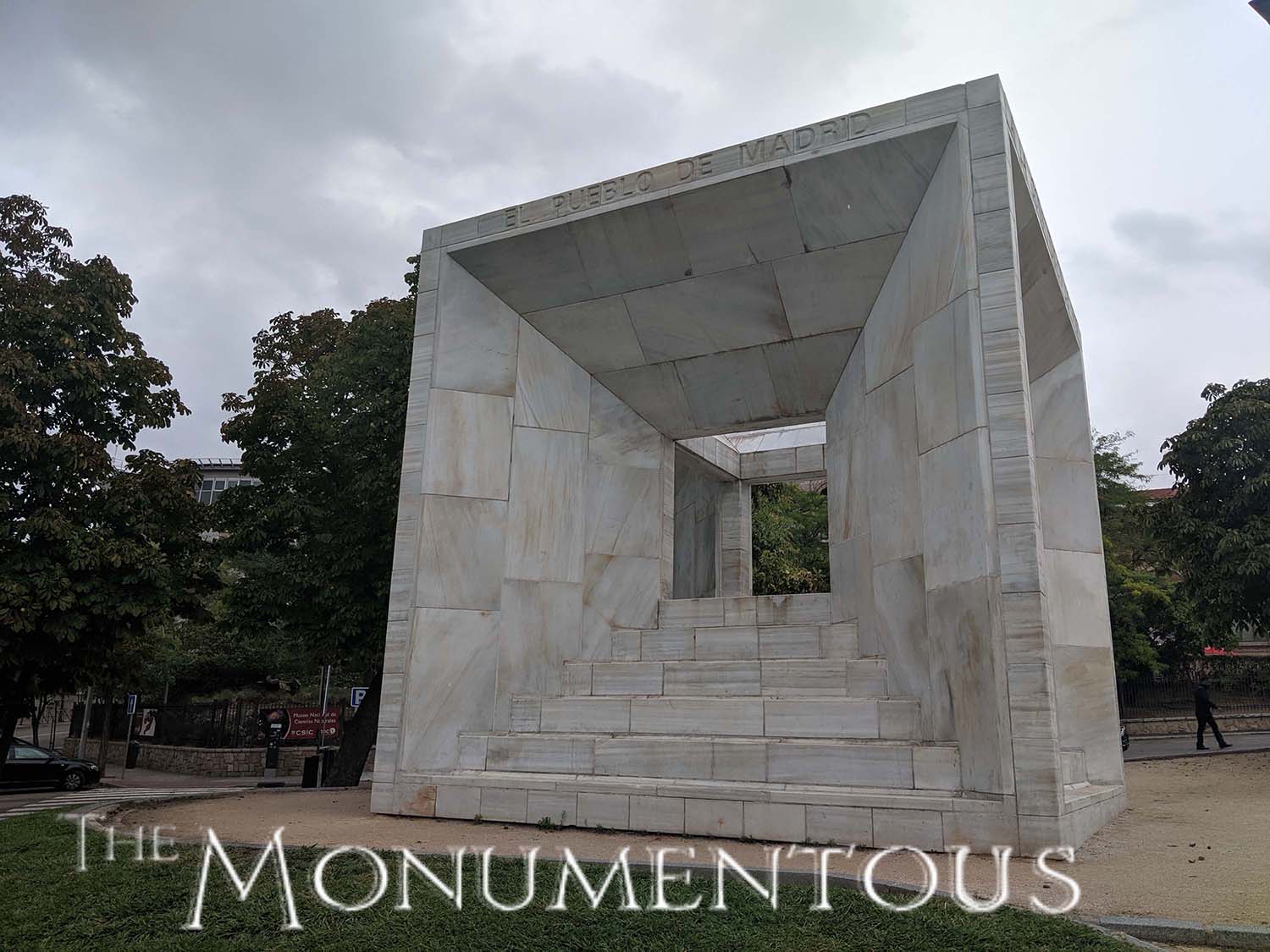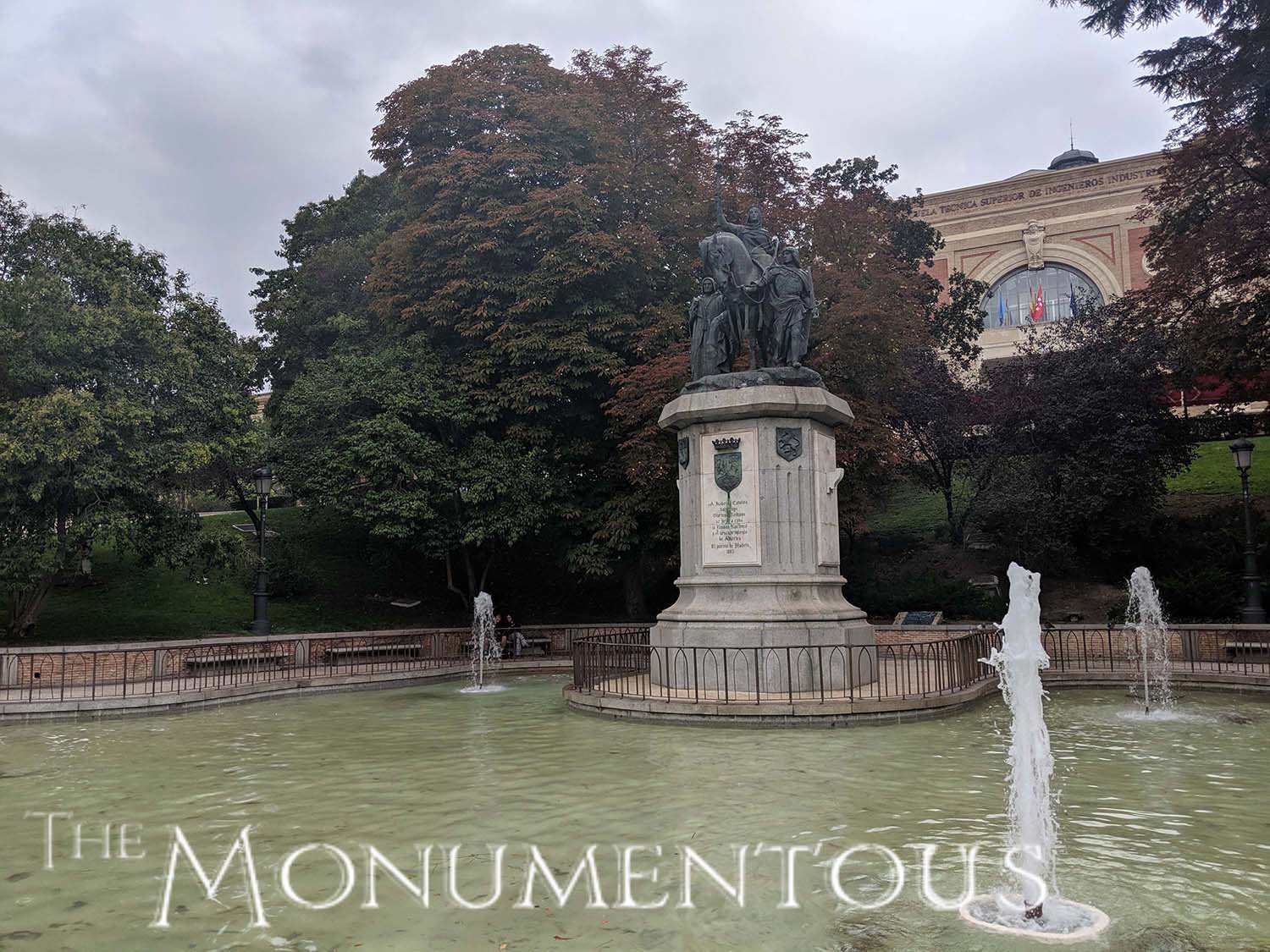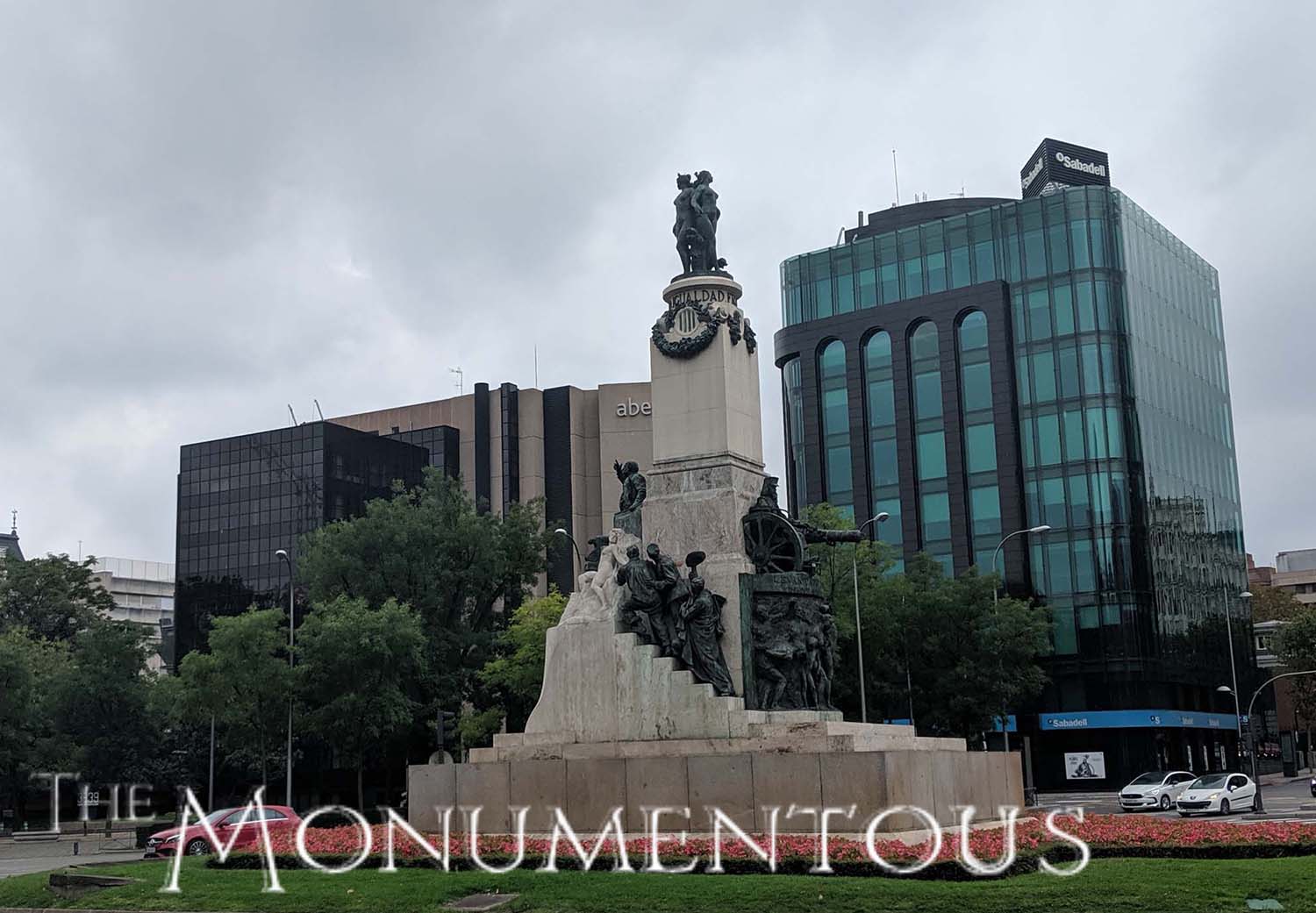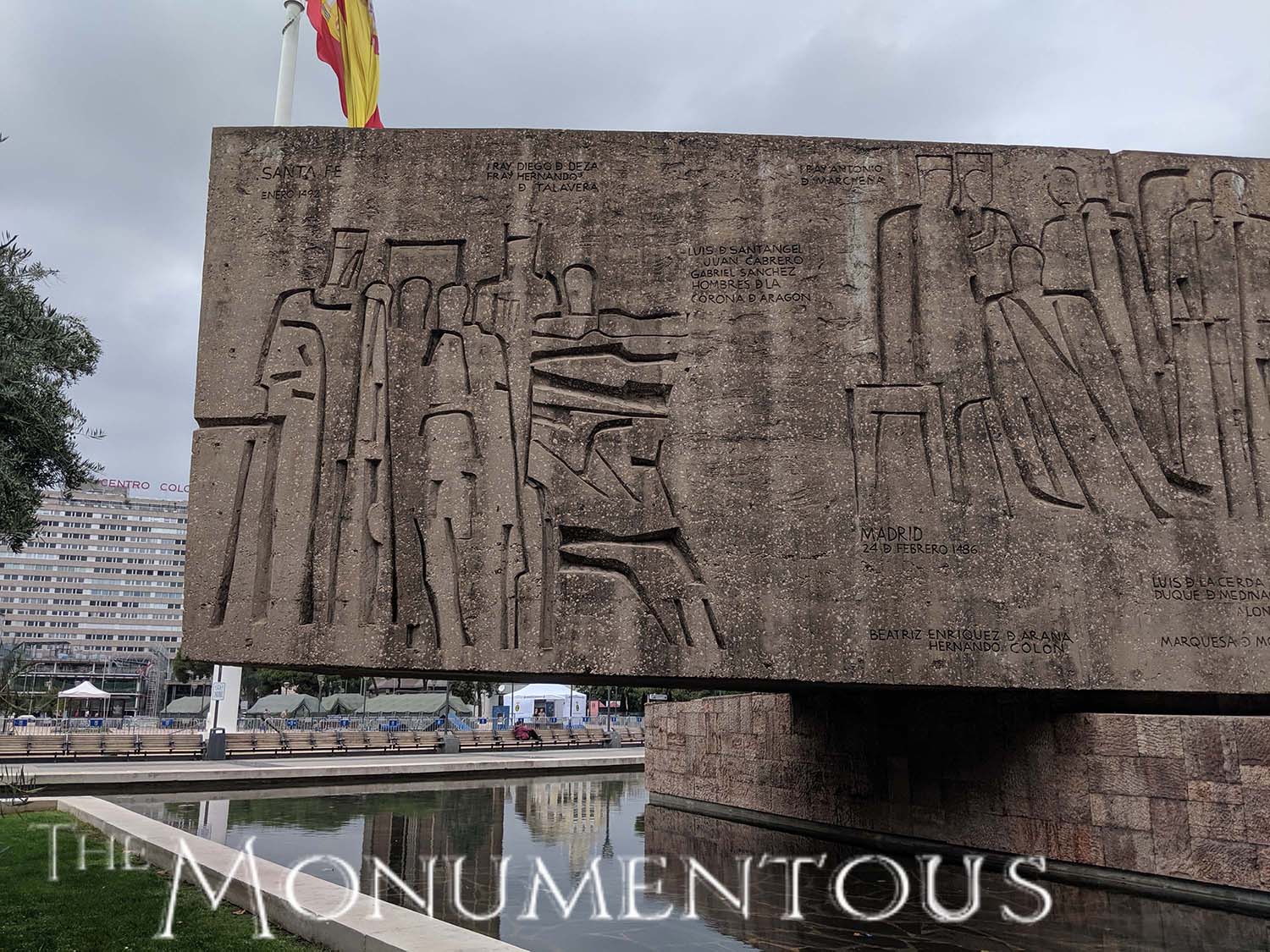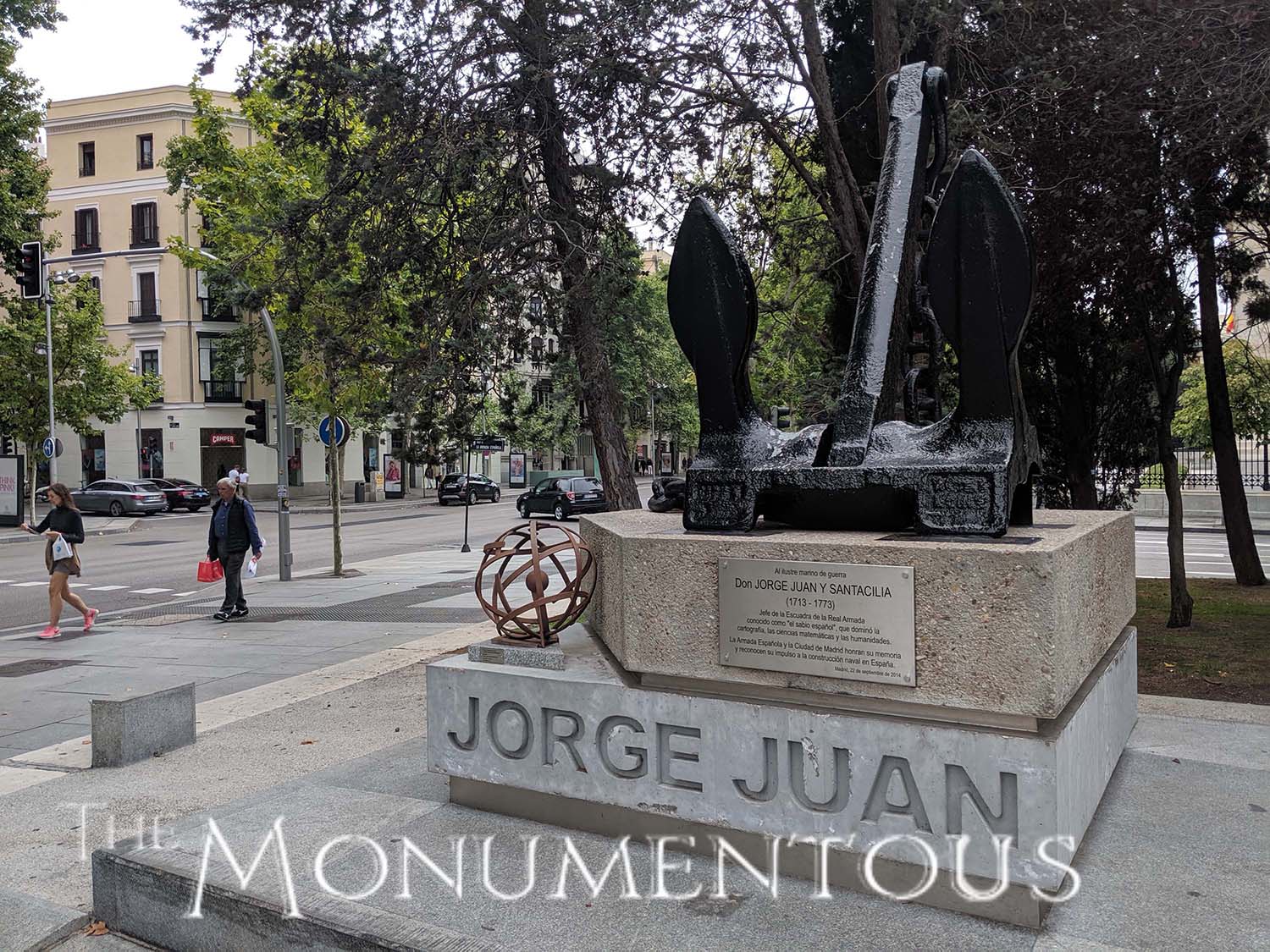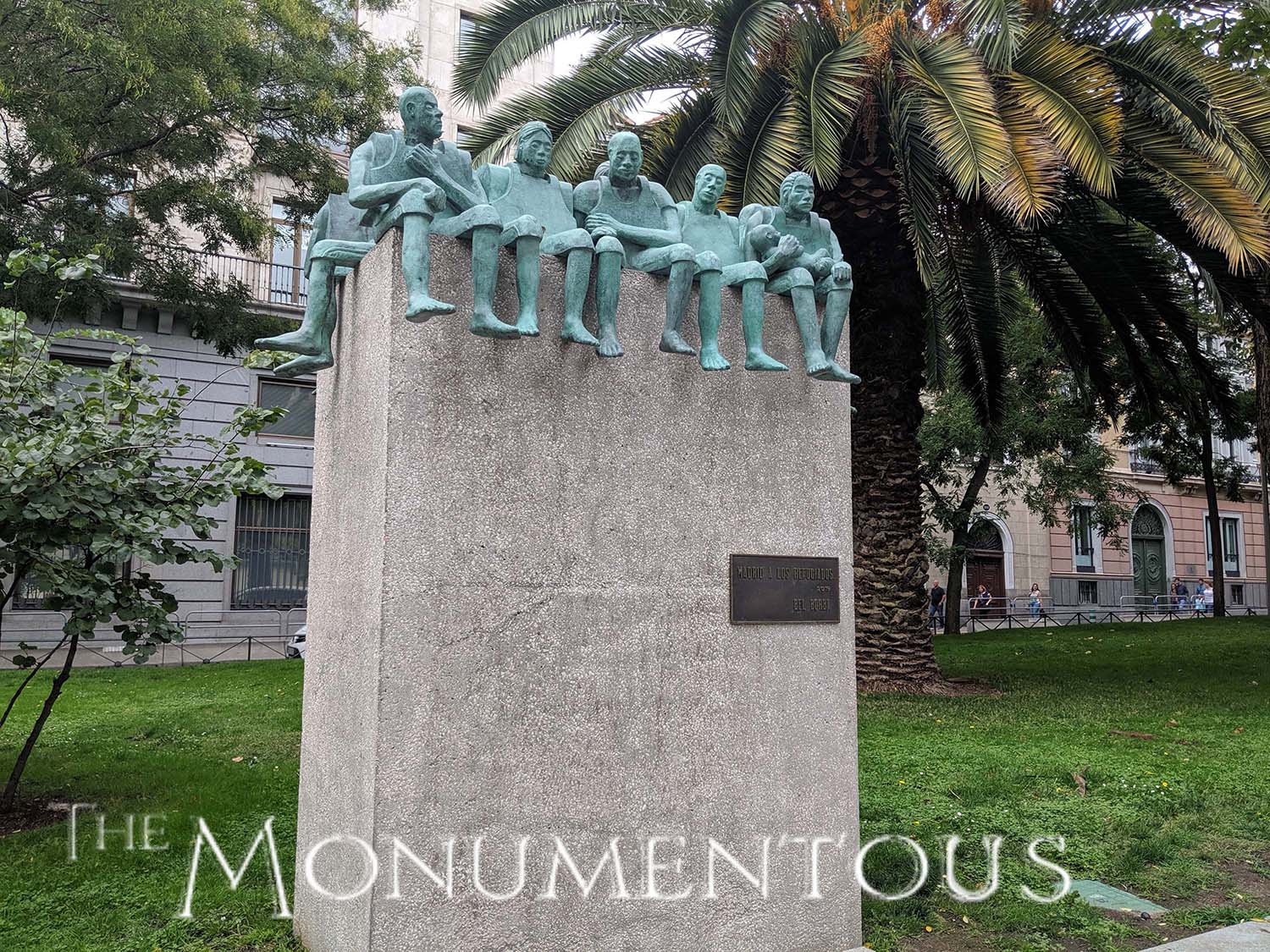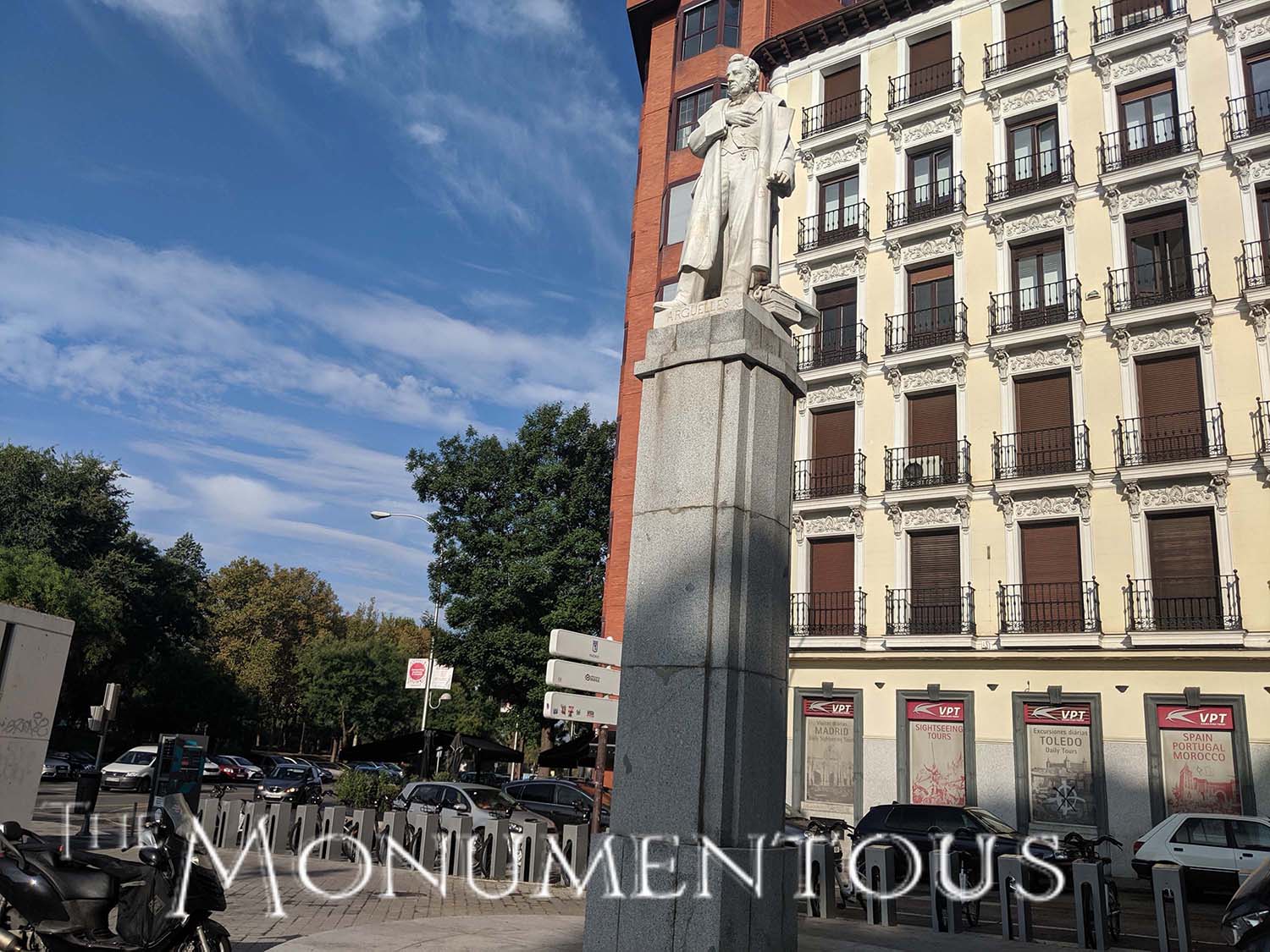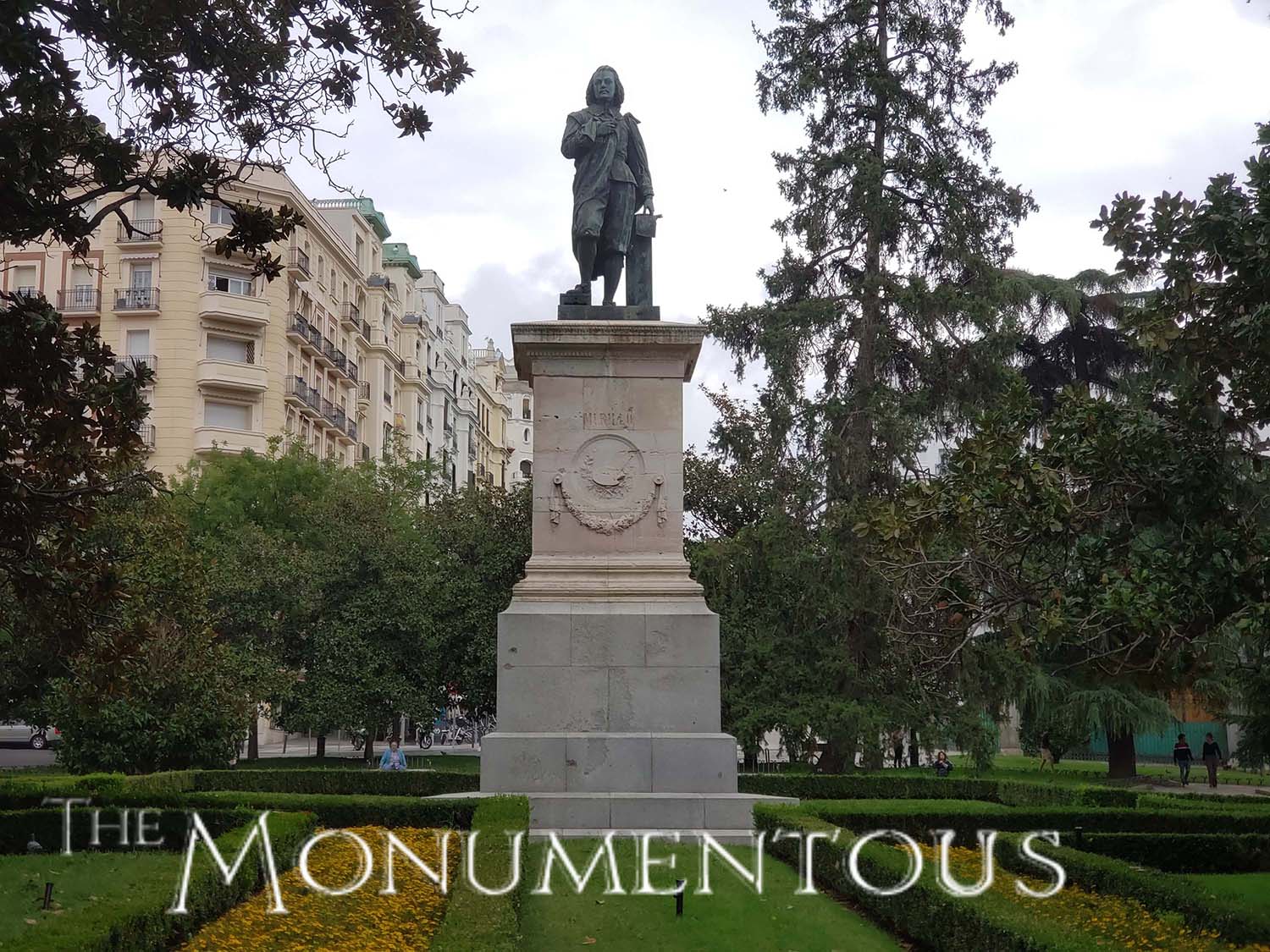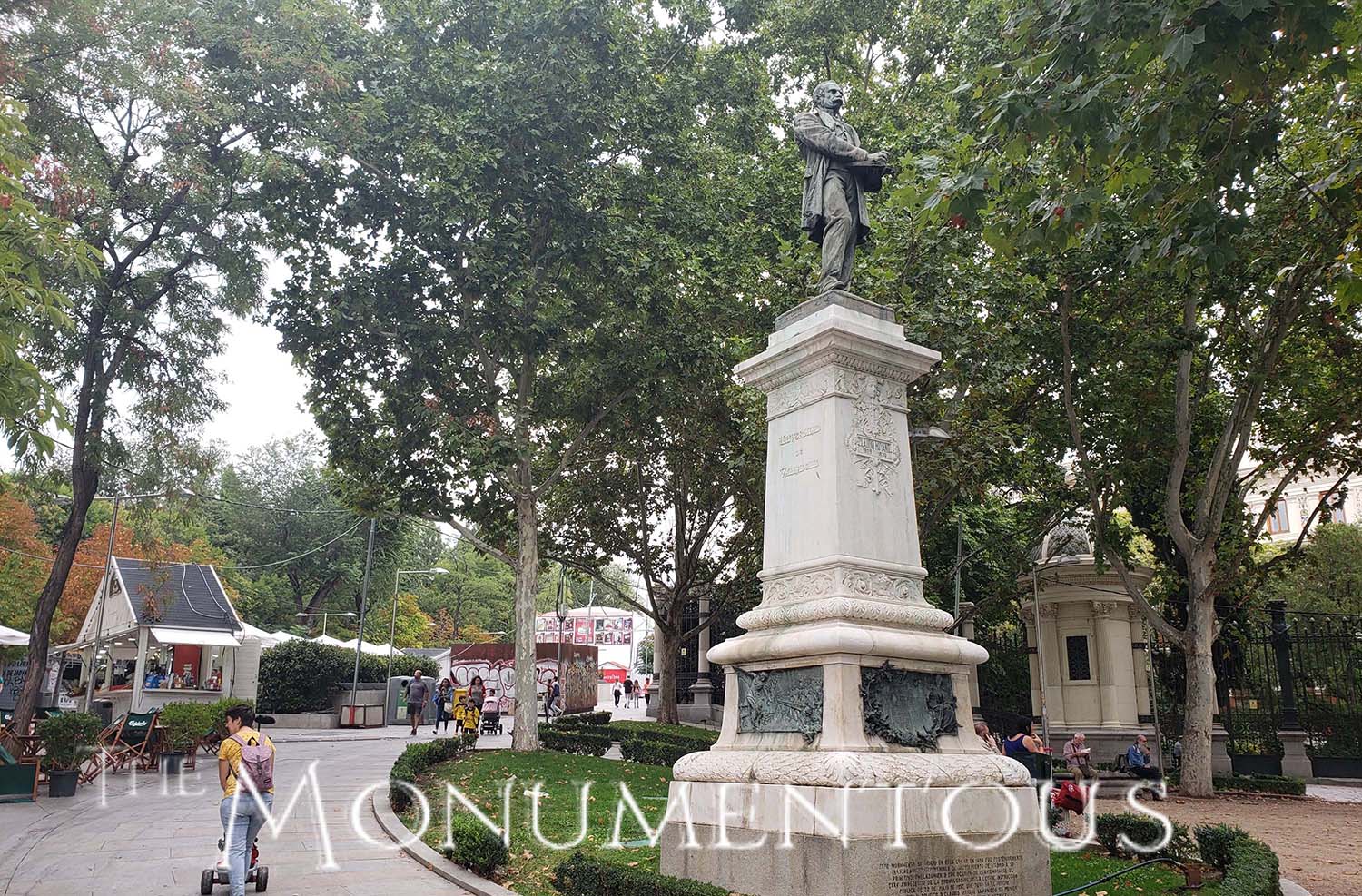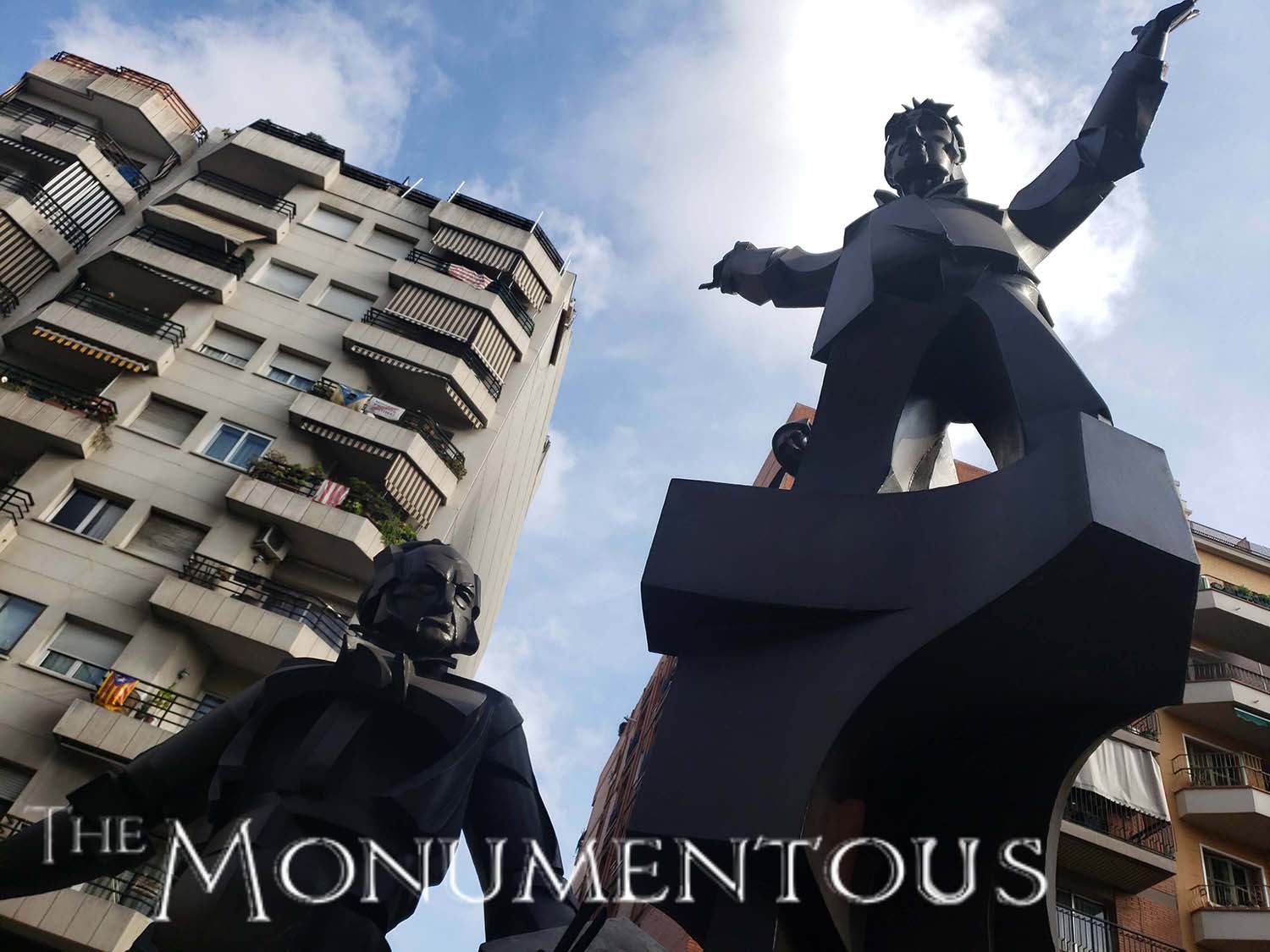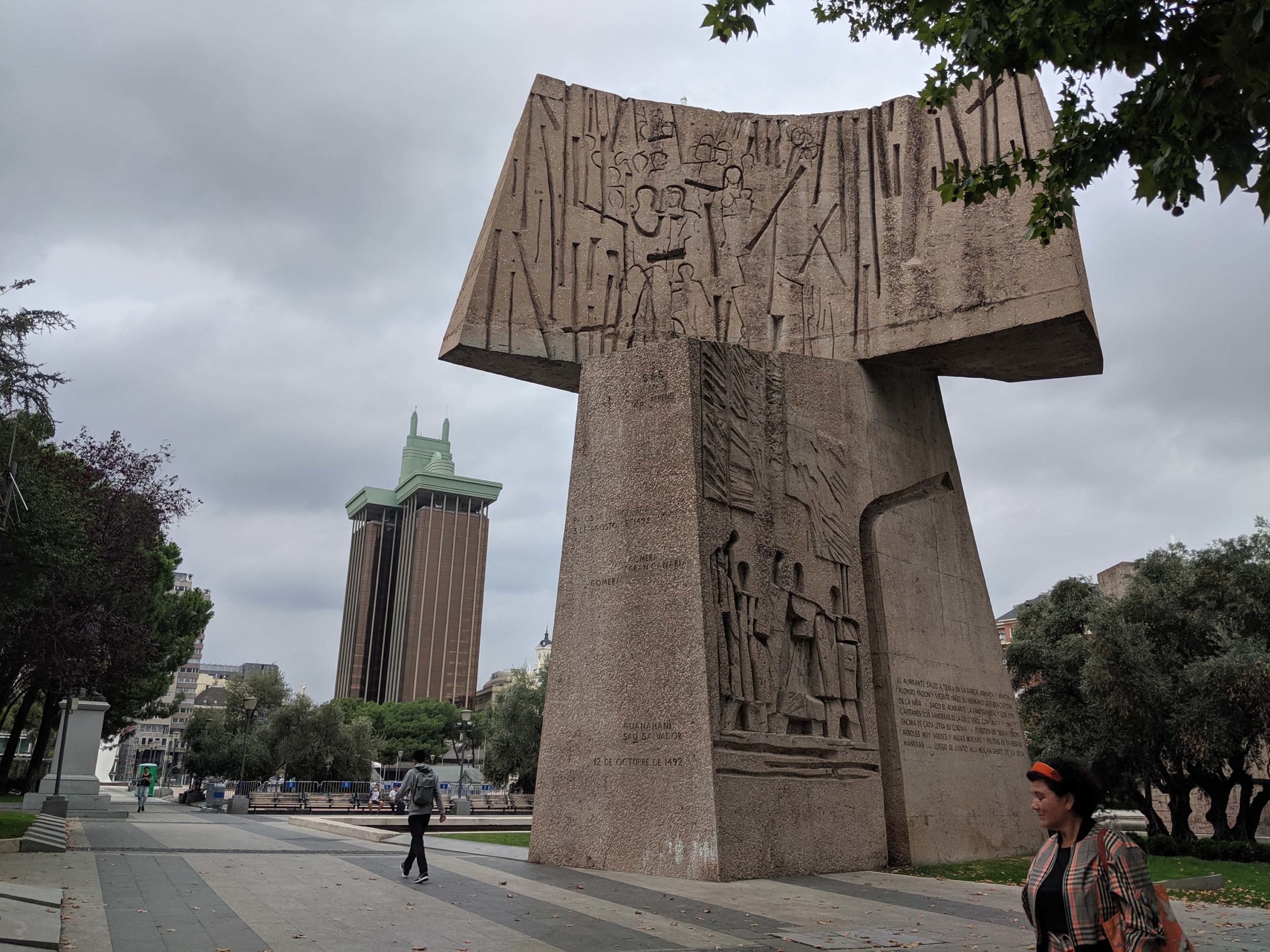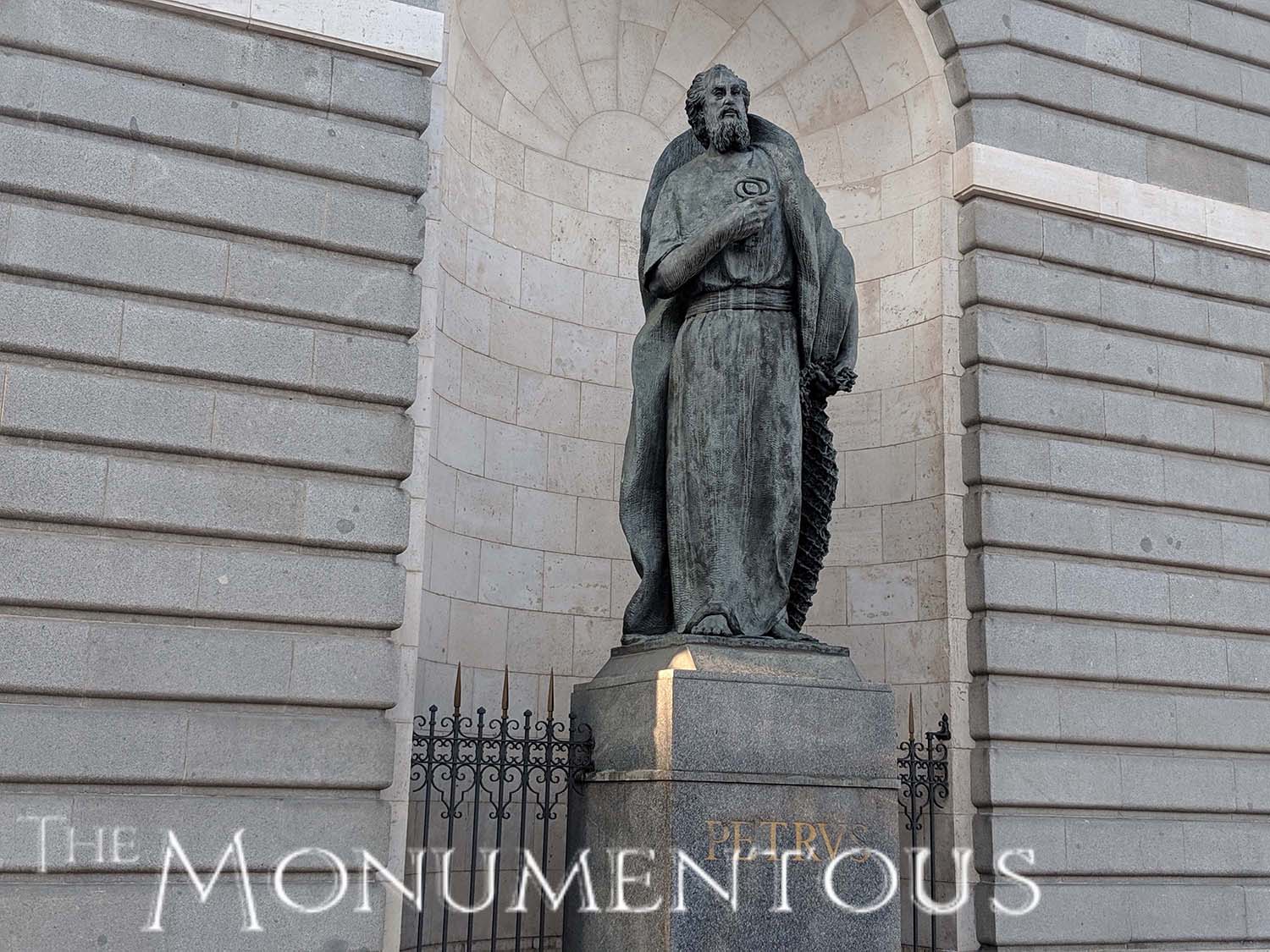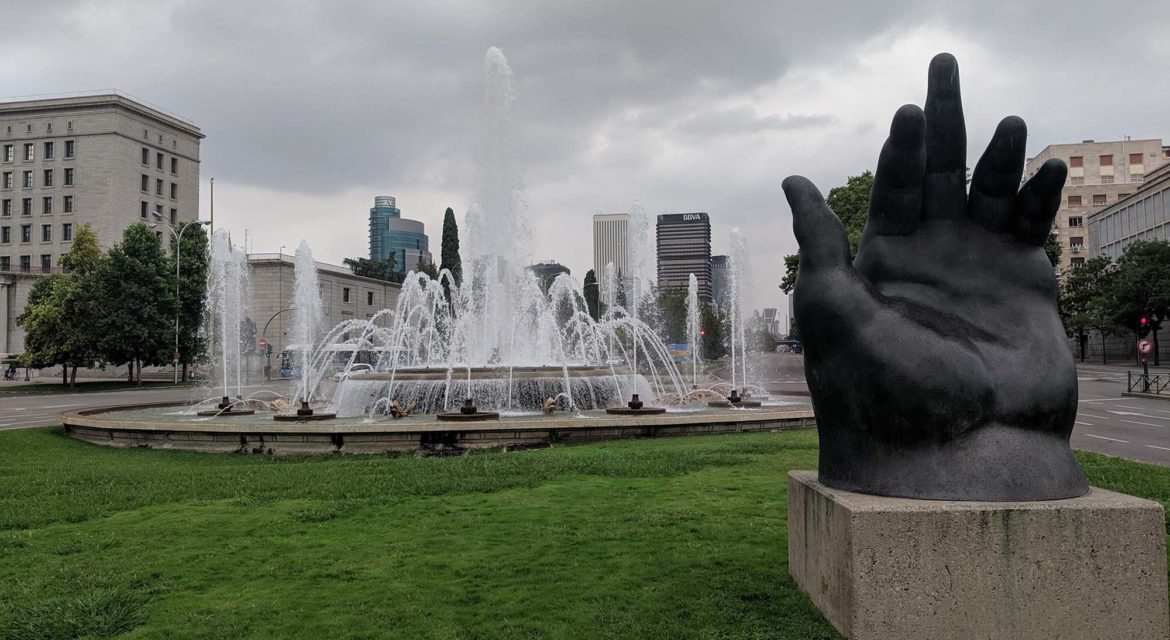 Featuring an incredible combination of old and new, the monuments that are spread across Madrid, Spain highlight the rich history and culture that has permeated the city and region for centuries. Residing in front of buildings, along streets, in traffic circles and various other places, these monuments have created countless opportunities for both residents and visitors to connect with the culture of Madrid while also enabling revenue options across the city.
Featuring an incredible combination of old and new, the monuments that are spread across Madrid, Spain highlight the rich history and culture that has permeated the city and region for centuries. Residing in front of buildings, along streets, in traffic circles and various other places, these monuments have created countless opportunities for both residents and visitors to connect with the culture of Madrid while also enabling revenue options across the city.
One of the best examples of this combination of old and new can be seen with the La Mano de Botero sculpture, which is located next to the fountain of San Juan de la Cruz. It weighs more than 500 kg and was bought by the telecommunications company Telefónica, which then lent it to Madrid for its permanent exhibition.
 There are numerous fountains across the city, but the most famous of them all is arguably the Fountain of Neptune. Sitting in the center of Plaza de Cánovas del Castillo, it features an 18th-century sculpture of Neptune, holding a trident while riding on a carriage pulled by two creatures with a horse-shaped upper-half and a fish serpentine-tail. To highlight the impact it has had on the surrounding community, the square has become the place where Atlético Madrid celebrates its victories.
There are numerous fountains across the city, but the most famous of them all is arguably the Fountain of Neptune. Sitting in the center of Plaza de Cánovas del Castillo, it features an 18th-century sculpture of Neptune, holding a trident while riding on a carriage pulled by two creatures with a horse-shaped upper-half and a fish serpentine-tail. To highlight the impact it has had on the surrounding community, the square has become the place where Atlético Madrid celebrates its victories.
Another notable monument and fountain is the Monument to Philip IV which is also known as the Fountain of Philip IV. Located in the center of the gardens in Plaza de Oriente, the statue proved to be a challenge to the 17th century artists as a sculpture that featured a horse on its hind legs was something that had never been achieved before. Galileo himself put together the exact calculations that would keep the statue from toppling onto itself. Originally located in Parque del Buen Retiro, the monument was moved to the Plaza de Oriente in 1843 under the guidance of Queen Isabella II.
 These are just a few of the obscure and outstanding monuments that are spread across Madrid. Other pieces like the Sweeper in Plaza de Benavente, the Monument to Christopher Columbus and the Monument to the 1978 Constitution of Madrid have helped both residents and tourists engage with the city in different but equally powerful ways to impact the identity of Madrid and Spain as a whole.
These are just a few of the obscure and outstanding monuments that are spread across Madrid. Other pieces like the Sweeper in Plaza de Benavente, the Monument to Christopher Columbus and the Monument to the 1978 Constitution of Madrid have helped both residents and tourists engage with the city in different but equally powerful ways to impact the identity of Madrid and Spain as a whole.
